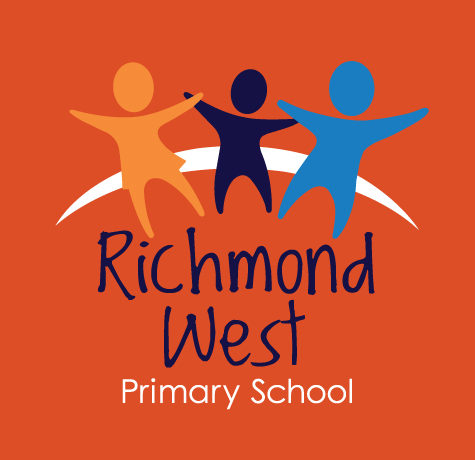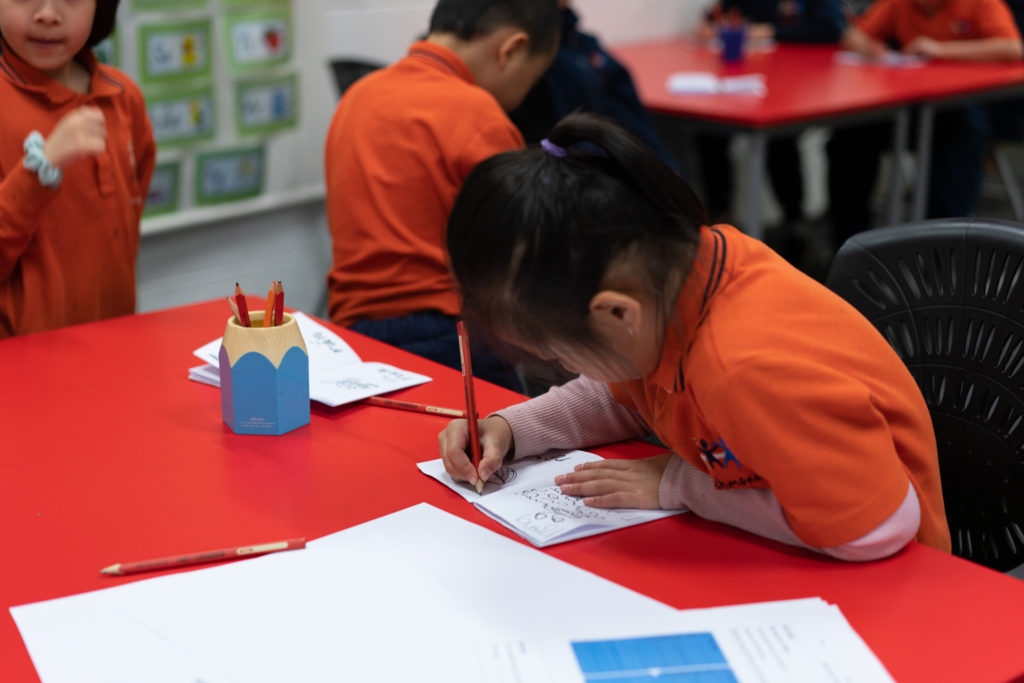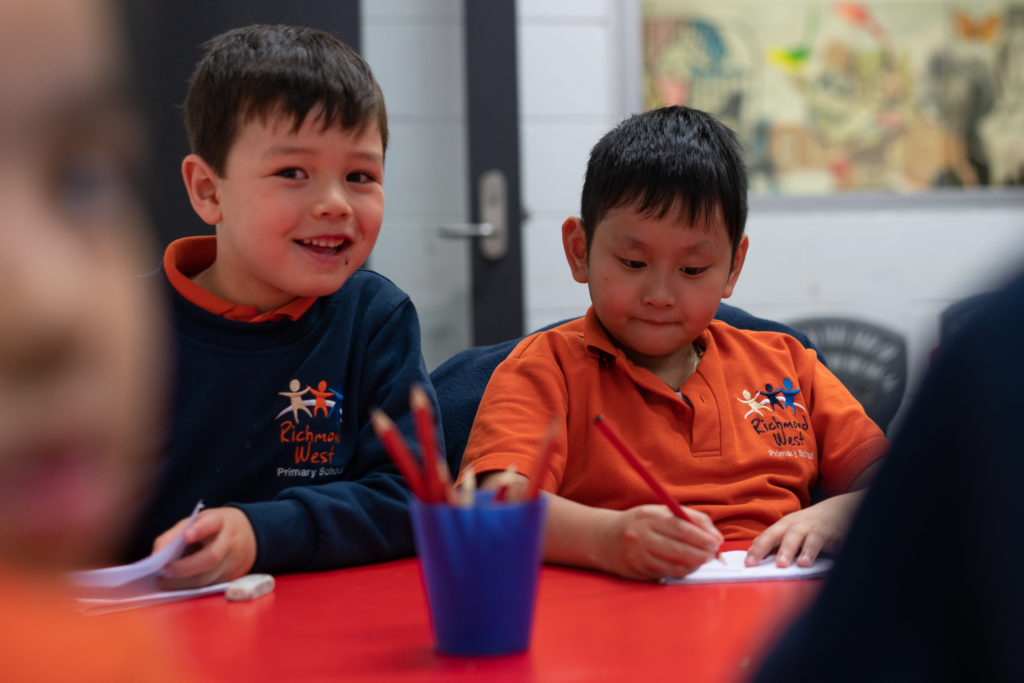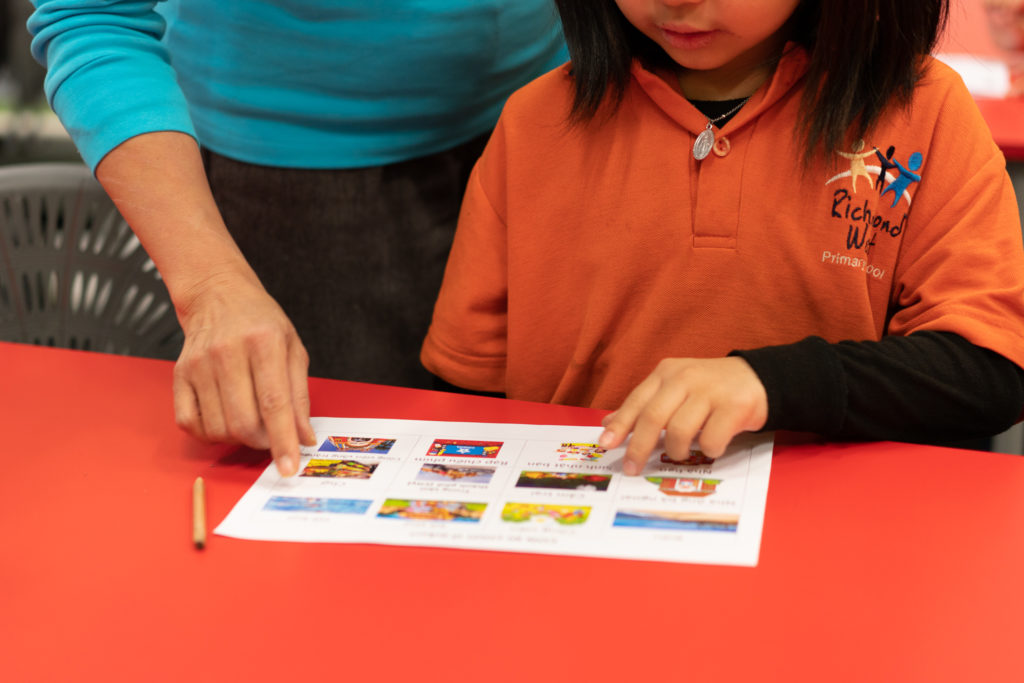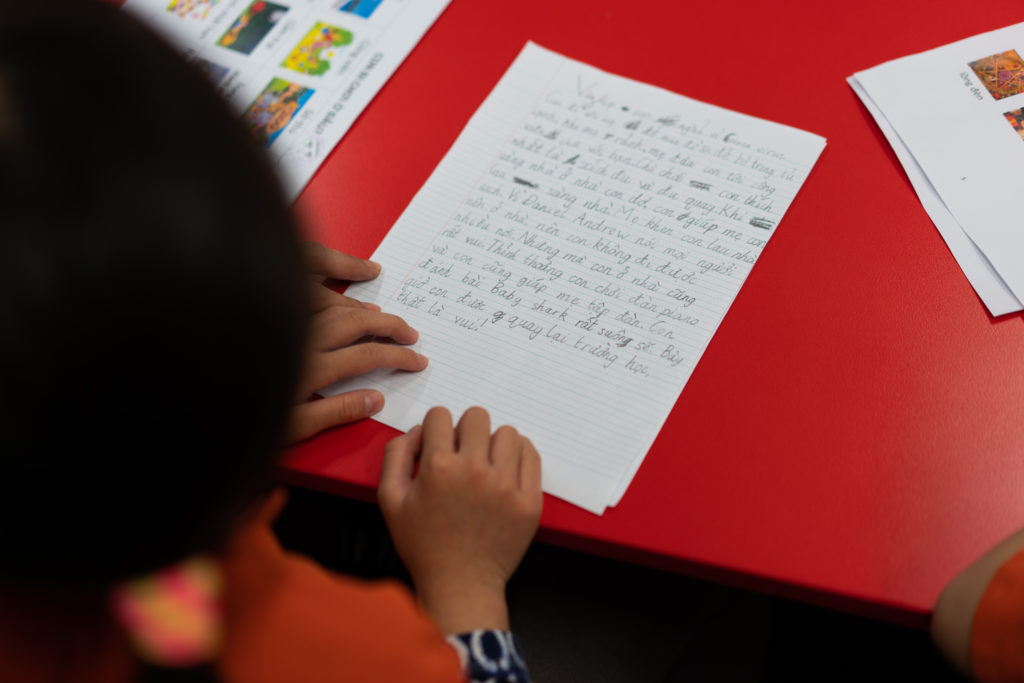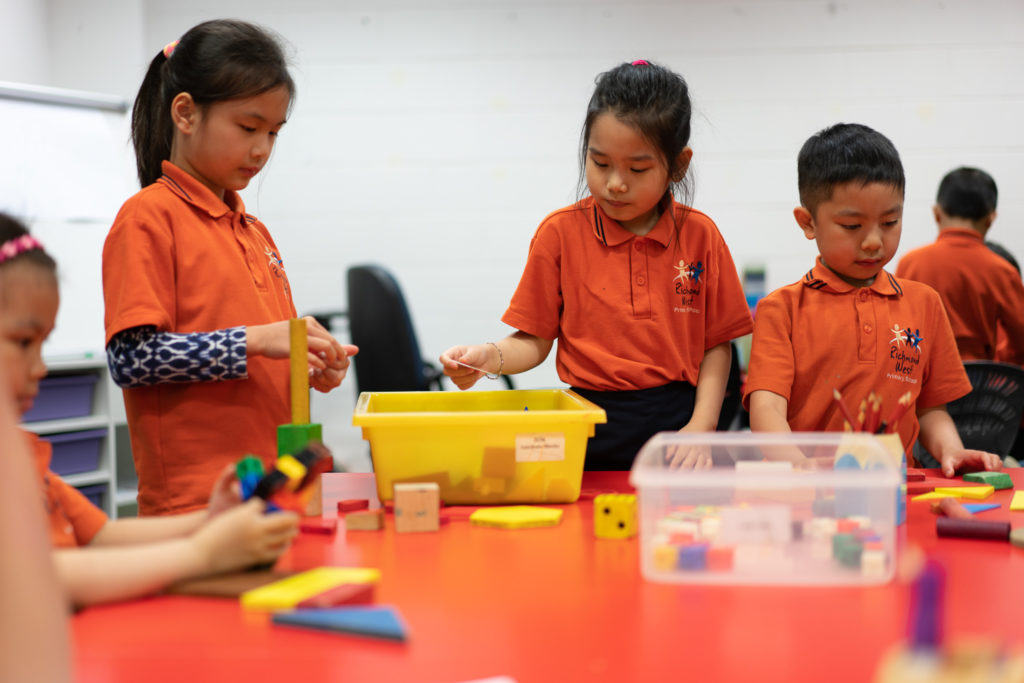Vietnamese
Vietnamese at Richmond West Primary School:
- the Vietnamese program will operate for 5 hours per week for those students enrolled F-2;
- For those students in 3-6, the LOTE Vietnamese program will operate for 2 hours per week.

Vietnamese language learning
Vietnamese is the official language of Vietnam. It is spoken by approximately 90 million people in Vietnam and approximately four million Vietnamese people living in other countries around the world, with the majority residing in the United States, Cambodia, France, Taiwan and Australia.
The modern standard version of Vietnamese is Tiếng Việt. Vietnamese is a tonal language written in the Roman alphabet with additional diacritics for tones. The tone system is a distinctive characteristic of Vietnamese phonology; for example, a word may be repeated with any one of six tones to indicate six different meanings (ma (ghost), má (mother), mà (but/that), mã (horse), mả (grave) and mạ (rice seedling)). Consequently, pronunciation and intonation play a key role in the learning of Vietnamese, with a clear correlation between sound and writing systems.
The importance of intercultural awareness in language learning is illustrated by distinctive features of Vietnamese such as the complex system of personal pronouns, which is vital to building and defining relationships, with use of the personal pronouns em, anh, chị, cô, ông, bà, con and cháu contingent on the relationships between speakers in contexts of communication. The frequent use of idioms, proverbs, similes and metaphors in both daily interactions and literature is another key feature of Vietnamese language use.
Intercultural understanding
In the Languages curriculum area the focus is on both language and culture, as students learn to communicate meaningfully across linguistic and cultural systems, and different contexts. This process involves reflection and analysis, as students move between Vietnamese and their own existing language(s). It is a reciprocal and dynamic process which develops language use and intercultural awareness and understanding.
Vietnamese involves understanding the interrelationship between language and culture. The curriculum is designed with an intercultural language-learning orientation to enable students to participate meaningfully in language and cultural experiences, to develop new ways of seeing and being in the world from a bilingual perspective, and to understand more about themselves in the process.
Click here to view some work samples.
